1
Computational Lithography 计算光刻
Computational Lithography
Contents
Preface
Acknowledgments
Acronyms
1 Introduction
1.1 OPTICAL LITHOGRAPHY
1.1.1 Optical Lithography and Integrated Circuits
1.1.2 Brief History of Optical Lithography Systems
1.2 RAYLEIGH’S RESOLUTION
1.3 RESIST PROCESSES AND CHARACTERISTICS
1.4 TECHNIQUES IN COMPUTATIONAL LITHOGRAPHY
1.4.1 Optical Proximity Correction
1.4.2 Phase-Shifting Masks
1.4.3 Off-Axis Illumination
1.4.4 Second-Generation RETs
1.5 OUTLINE
2 Optical Lithography Systems
2.1 PARTIALLY COHERENT IMAGING SYSTEMS
2.1.1 Abbe’s Model
2.1.2 Hopkins Diffraction Model
2.1.3 Coherent and Incoherent Imaging Systems
2.2 APPROXIMATION MODELS
2.2.1 Fourier Series Expansion Model
2.2.2 Singular Value Decomposition Model
2.2.3 Average Coherent Approximation Model
2.2.4 Discussion and Comparison
2.3 SUMMARY
3 Rule-Based Resolution Enhancement Techniques
3.1 RET TYPES
3.1.1 Rule-Based RETs
3.1.2 Model-Based RETs
3.1.3 Hybrid RETs
3.2 RULE-BASED OPC
3.2.1 Catastrophic OPC
3.2.2 One-Dimensional OPC
3.2.3 Line-Shortening Reduction OPC
3.2.4 Two-Dimensional OPC
3.3 RULE-BASED PSM
3.3.1 Dark-Field Application
3.3.2 Light-Field Application
3.4 RULE-BASED OAI
3.5 SUMMARY
4 Fundamentals of Optimization
4.1 DEFINITION AND CLASSIFICATION
4.1.1 Definitions in the Optimization Problem
4.1.2 Classification of Optimization Problems
4.2 UNCONSTRAINED OPTIMIZATION
4.2.1 Solution of Unconstrained Optimization Problem
4.2.2 Unconstrained Optimization Algorithms
4.3 SUMMARY
5 Computational Lithography with Coherent Illumination
5.1 PROBLEM FORMULATION
5.2 OPC OPTIMIZATION
5.2.1 OPC Design Algorithm
5.2.2 Simulations
5.3 TWO-PHASE PSM OPTIMIZATION
5.3.1 Two-Phase PSM Design Algorithm
5.3.2 Simulations
5.4 GENERALIZED PSM OPTIMIZATION
5.4.1 Generalized PSM Design Algorithm
5.4.2 Simulations
5.5 RESIST MODELING EFFECTS
5.6 SUMMARY
6 Regularization Framework
6.1 DISCRETIZATION PENALTY
6.1.1 Discretization Penalty for OPC Optimization
6.1.2 Discretization Penalty for Two-Phase PSM Optimization
6.1.3 Discretization Penalty for Generalized PSM Optimization
6.2 COMPLEXITY PENALTY
6.2.1 Total Variation Penalty
6.2.2 Global Wavelet Penalty
6.2.3 Localized Wavelet Penalty
6.3 SUMMARY
7 Computational Lithography with Partially Coherent Illumination
7.1 OPC OPTIMIZATION
7.1.1 OPC Design Algorithm Using the Fourier Series Expansion Model
7.1.2 Simulations Using the Fourier Series Expansion Model
7.1.3 OPC Design Algorithm Using the Average Coherent Approximation Model
7.1.4 Simulations Using the Average Coherent Approximation Model
7.1.5 Discussion and Comparison
7.2 PSM OPTIMIZATION
7.2.1 PSM Design Algorithm Using the Singular Value Decomposition Model
7.2.2 Discretization Regularization for PSM Design Algorithm
7.2.3 Simulations
7.3 SUMMARY
8 Other RET Optimization Techniques
8.1 DOUBLE-PATTERNING METHOD
8.2 POST-PROCESSING BASED ON 2D DCT
8.3 PHOTORESIST TONE REVERSING METHOD
8.4 SUMMARY
9 Source and Mask Optimization
9.1 LITHOGRAPHY PRELIMINARIES
9.2 TOPOLOGICAL CONSTRAINT
9.3 SOURCE–MASK OPTIMIZATION ALGORITHM
9.4 SIMULATIONS
9.5 SUMMARY
10 Coherent Thick-Mask Optimization
10.1 KIRCHHOFF BOUNDARY CONDITIONS
10.2 BOUNDARY LAYER MODEL
10.2.1 Boundary Layer Model in Coherent Imaging Systems
10.2.2 Boundary Layer Model in Partially Coherent Imaging Systems
10.3 LITHOGRAPHY PRELIMINARIES
10.4 OPC OPTIMIZATION
10.4.1 Topological Constraint
10.4.2 OPC Optimization Algorithm Based on BL Model Under Coherent Illumination
10.4.3 Simulations
10.5 PSM OPTIMIZATION
10.5.1 Topological Constraint
10.5.2 PSM Optimization Algorithm Based on BL Model Under Coherent Illumination
10.5.3 Simulations
10.6 SUMMARY
11 Conclusions and New Directions of Computational Lithography
11.1 CONCLUSION
11.2 NEW DIRECTIONS OF COMPUTATIONAL LITHOGRAPHY
11.2.1 OPC Optimization for the Next-Generation Lithography Technologies
11.2.2 Initialization Approach for the Inverse Lithography Optimization
11.2.3 Double Patterning and Double Exposure Methods in Partially Coherent Imaging System
11.2.4 OPC and PSM Optimizations for Inverse Lithography Based on Rigorous Mask Models in Partially Coherent Imaging System
11.2.5 Simultaneous Source and Mask Optimization for Inverse Lithography Based on Rigorous Mask Models
11.2.6 Investigation of Factors Influencing the Complexity of the OPC and PSM Optimization Algorithms
Appendix A: Formula Derivation in Chapter 5
Appendix B: Manhattan Geometry
Appendix C: Formula Derivation in Chapter 6
Appendix D: Formula Derivation in Chapter 7
Appendix E: Formula Derivation in Chapter 8
Appendix F: Formula Derivation in Chapter 9
Appendix G: Formula Derivation in Chapter 10
Appendix H: Software Guide
References
Index
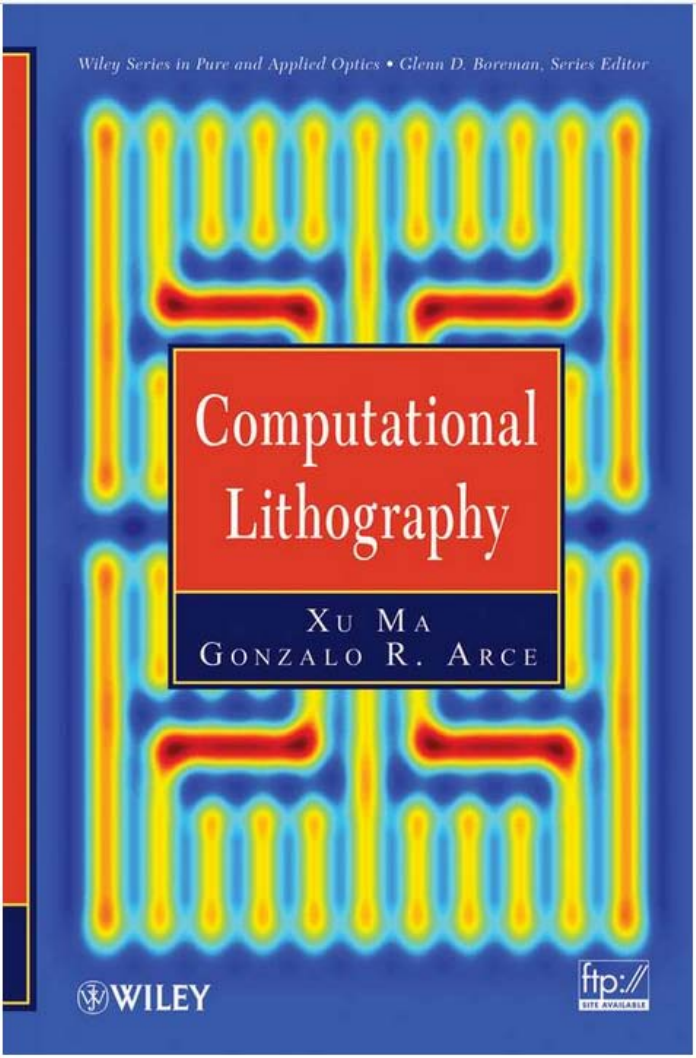
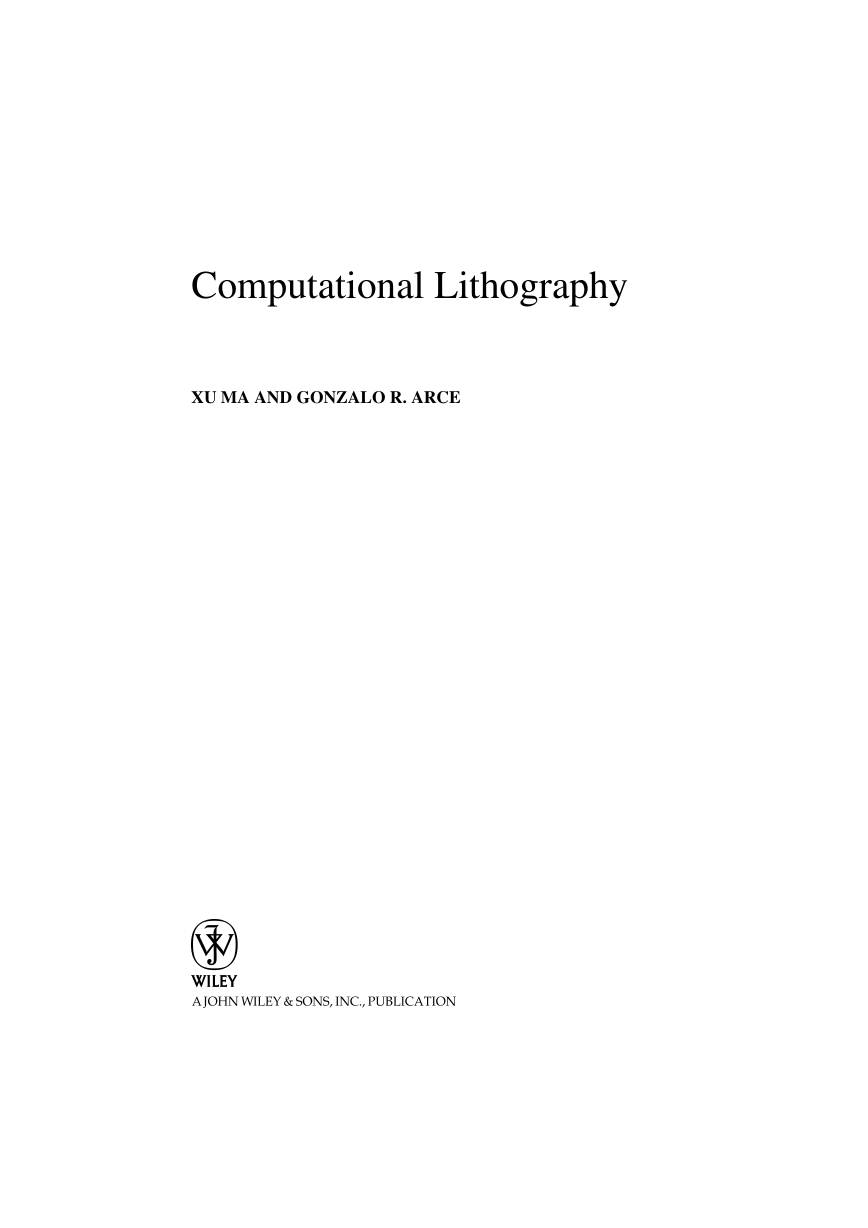

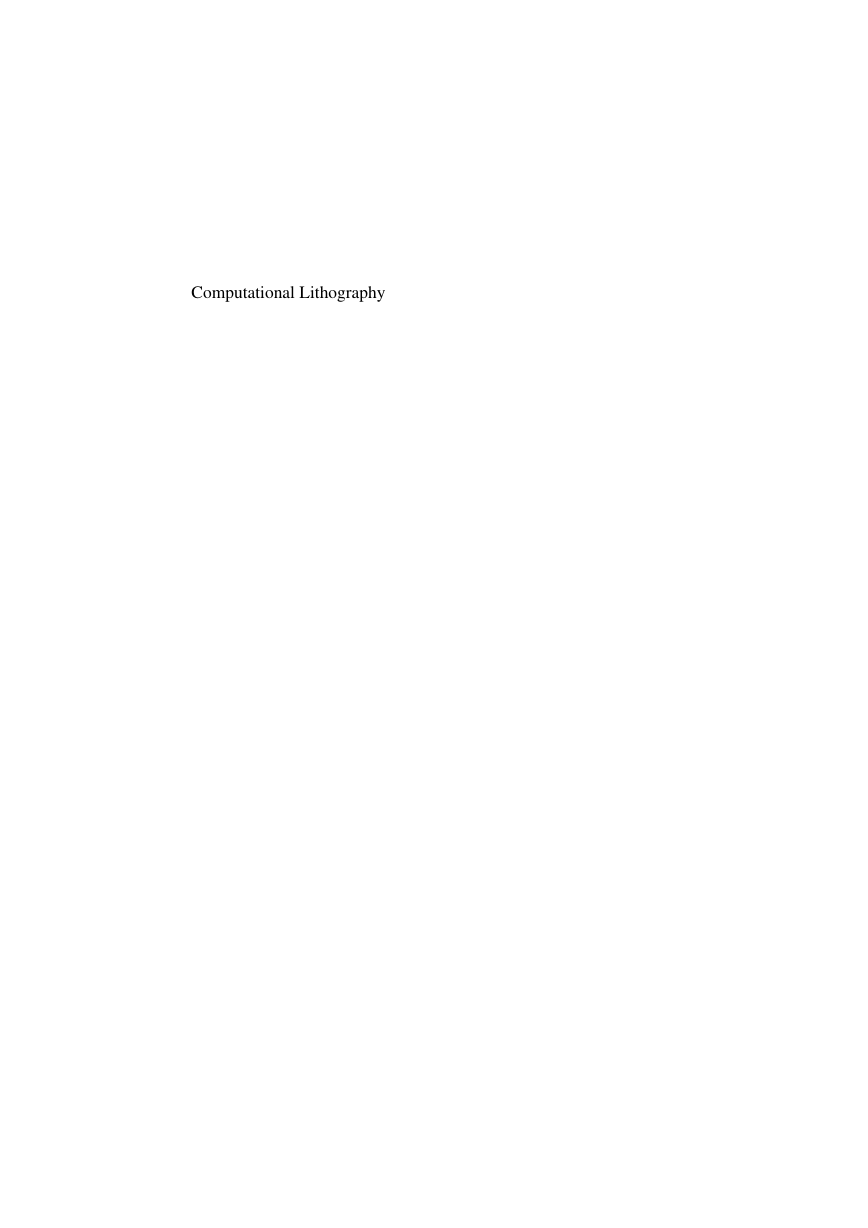
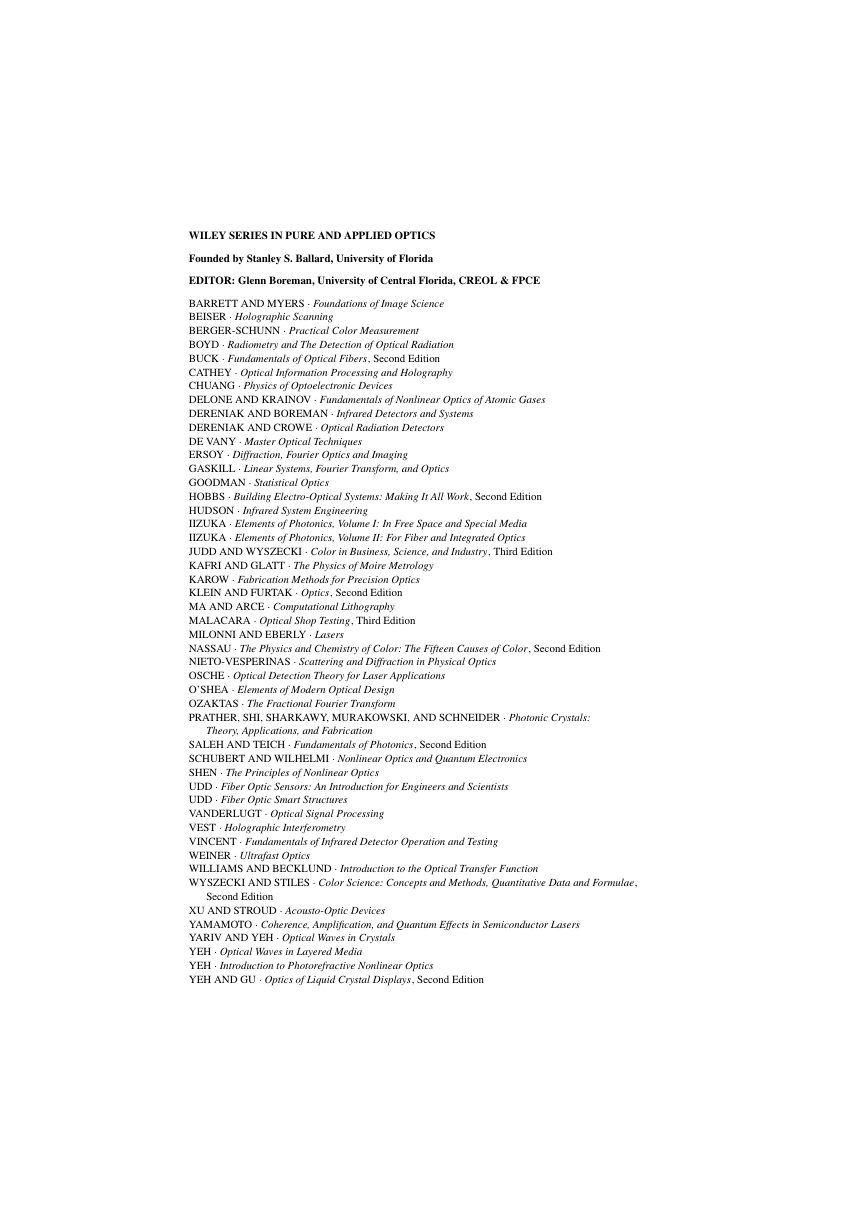
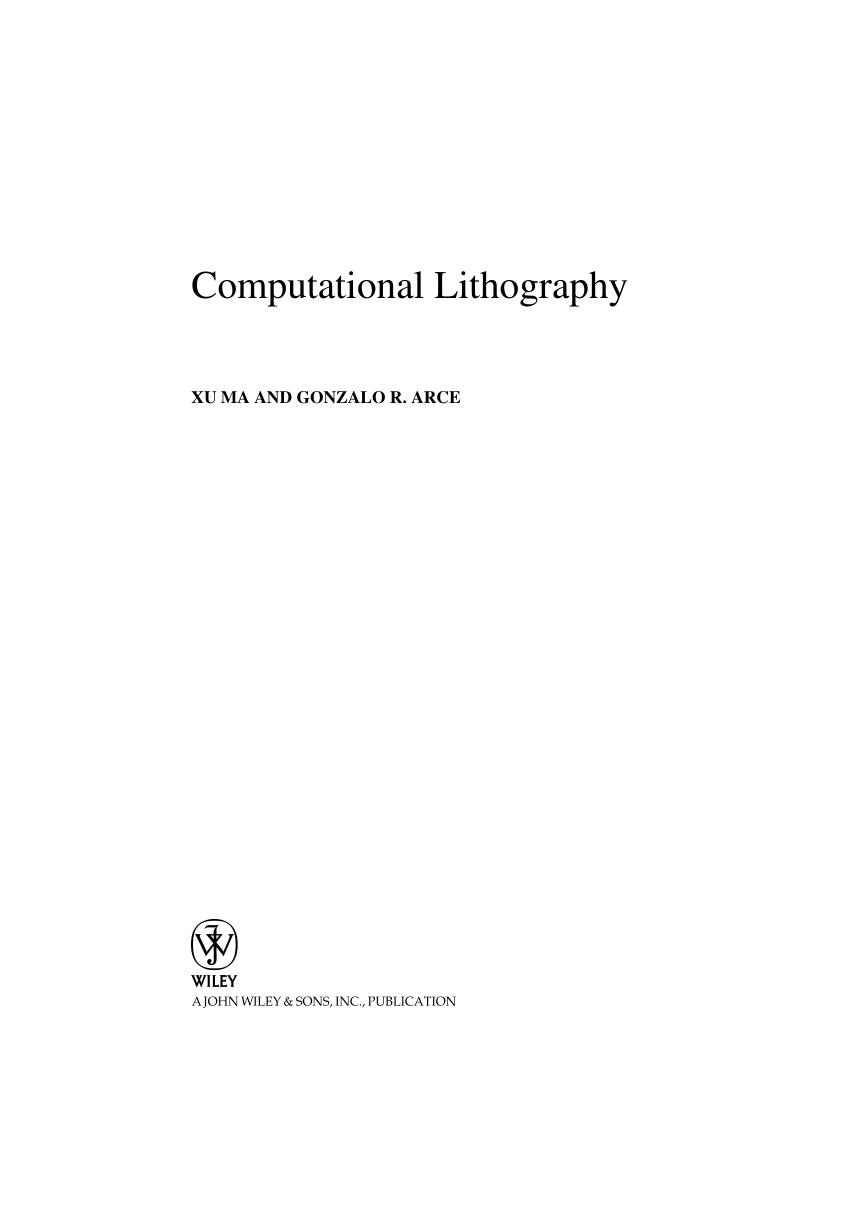










 2023年江西萍乡中考道德与法治真题及答案.doc
2023年江西萍乡中考道德与法治真题及答案.doc 2012年重庆南川中考生物真题及答案.doc
2012年重庆南川中考生物真题及答案.doc 2013年江西师范大学地理学综合及文艺理论基础考研真题.doc
2013年江西师范大学地理学综合及文艺理论基础考研真题.doc 2020年四川甘孜小升初语文真题及答案I卷.doc
2020年四川甘孜小升初语文真题及答案I卷.doc 2020年注册岩土工程师专业基础考试真题及答案.doc
2020年注册岩土工程师专业基础考试真题及答案.doc 2023-2024学年福建省厦门市九年级上学期数学月考试题及答案.doc
2023-2024学年福建省厦门市九年级上学期数学月考试题及答案.doc 2021-2022学年辽宁省沈阳市大东区九年级上学期语文期末试题及答案.doc
2021-2022学年辽宁省沈阳市大东区九年级上学期语文期末试题及答案.doc 2022-2023学年北京东城区初三第一学期物理期末试卷及答案.doc
2022-2023学年北京东城区初三第一学期物理期末试卷及答案.doc 2018上半年江西教师资格初中地理学科知识与教学能力真题及答案.doc
2018上半年江西教师资格初中地理学科知识与教学能力真题及答案.doc 2012年河北国家公务员申论考试真题及答案-省级.doc
2012年河北国家公务员申论考试真题及答案-省级.doc 2020-2021学年江苏省扬州市江都区邵樊片九年级上学期数学第一次质量检测试题及答案.doc
2020-2021学年江苏省扬州市江都区邵樊片九年级上学期数学第一次质量检测试题及答案.doc 2022下半年黑龙江教师资格证中学综合素质真题及答案.doc
2022下半年黑龙江教师资格证中学综合素质真题及答案.doc